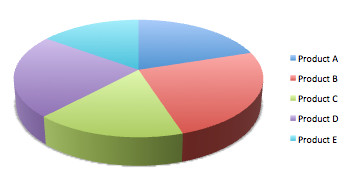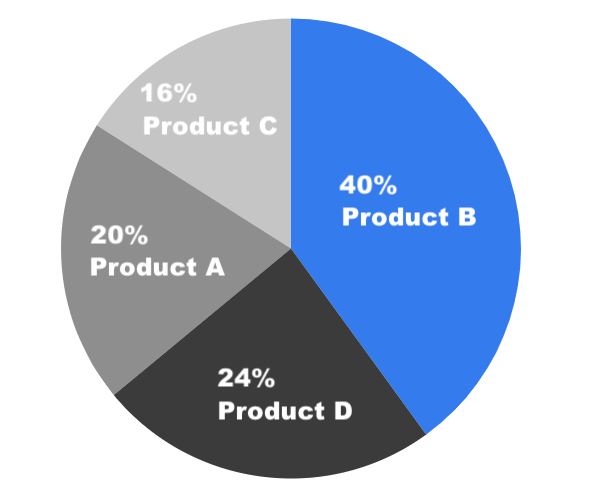The single greatest enemy we have as product designers is our own ego, our own hubris. We walk into a situation with this idea that we know what is going on. Throw that right out the window. Users will constantly surprise you if you listen, and along the way they will make you a better product designer.
Here are just a few guidelines I’ve developed while striving to be a more humble designer, especially in usability interviews:
1. We must check our assumptions at the door.
It is essential that questions are posed in as close to an unbiased, non-leading manner as possible. If we already think we have the answer, we will unconsciously work backward from that and look for that pattern in the data, ask the leading questions, or skip the questions that really needed asking.
Do this:
- Humble approach: “Tell me about your experience with X…”
Not this:
- Ego approach: “Has your experience with X been frustrating?”
2. We must shut up and listen.
We are there to learn, not to teach. Let the user do most of the talking in a user interview. If there is an awkward pause, revel in it. If you ask a question and get a reply, don’t assume they are done… once you think they might be done, start counting up to seven, wait for it, let it simmer… and you might find in that extra moment they have a chance to fill the silence with a gem they had been struggling to articulate.
Ask open-ended questions, practice active listening, and let them ramble as much as possible – in fact, ask follow up questions about little aside comments to “pull the thread” on layers of conversation. You may find a goldmine of information if you are willing to dig a bit.
Try this:
- Curious approach: “This is helpful. Can you tell me more?”
Not this:
- Defensive approach: “I hear your feedback, but the reason we designed it this way is because… yadda, yadda, yadda…“
3. We must truly beg for harsh critique.
People want to be nice, bless them. People are generally kind. They want to tell you what they think you want to hear. But it makes good design work impossible without a very proactive and self-aware approach. This inherent desire of people to tell you the “right” answer is why it is 100% essential to write questions in an un-biased manner.
It’s also helpful to give them explicit, repeated permission to be harsh – letting them know that you see the product day in and day out and need their fresh set of eyes. And when they do give that feedback, do not get defensive or try to explain away why the interaction was hard for them. Smile, nod, document the heck out of it, and then go make it better. They just did you a huge favor by opening up and sharing. Do not burn that bridge. Thank them.
Example (my actual email to a user):
I really appreciate you for sharing this learning with me! It’s easy to know what to click when you have designed the interface, so having others’ eyes on the system helps to reveal to me things I could not have seen without the help of yourself and other users like you who are willing to share. Thank you. 🙂
When you craft questions, do so in a manner that gives them inherent permission to be honest instead of nice.
Try this:
- Humble approach: “If you had to make three changes, what would you want to improve?”
Not this:
- Ego approach: “Is there anything you’d change about the workflow?”
90% of the time most people will shrug and say, “No, it’s fine.” to the second question, but the same people will almost always have an answer to the first.
This list is far from exhaustive but it will get you thinking in the right mindset. The most important aspect is to be mindful of your own ego in these interactions.







